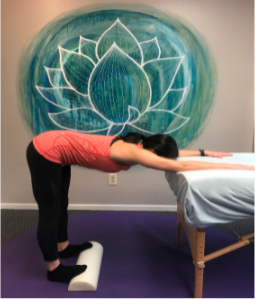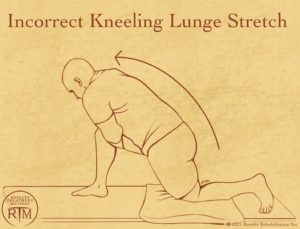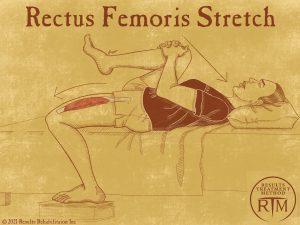Benefits of Modified Downward Facing Dog Stretch For Relief From Lower Back Pain
One of our most effective stretches here at Results PT is the Modified Downward Facing Dog. It is performed to decompress the lower back along with stretching the muscles and fascia behind your legs. It also helps to reduce upper back tension and neural tension. Considering most of the time we are weightbearing with gravity’s influence on our spine, we rarely have a chance to take pressure off the lower back during the day. This stretch only takes a minute or two to feel results and can be done on a variety of surfaces. It is a more restorative position but offers a better release than other hamstring stretches. For those people with increased calf and plantar fascia tightness this stretch is helpful to do with your feet propped up on a half foam roller or rolled up towel.
How to set up:
Start with your elbows resting on an elevated surface, such as a counter top or table. Once your upper body is set up, you can walk you feet backwards until they are directly under your hips. Straighten your legs and maintain a flat back. If the stretch is too strong you may bend your knees slightly until it is more tolerable. We recommend that the stretch is held for up to 2 minutes.
Modified Downward Facing Dog
Purpose: To decompress your low back and stretch the posterior myofascial line
Start with your elbows resting on an elevated surface and walk your feet backwards until they are under your hips.
Straighten your legs and think about keeping your back straight.
The stretch should be felt behind the legs and in the low back.
Add a slight bend to your knees if the stretch is too strong.
Hold 1 minute. Repeat for another minute. This stretch can be done 2-3x a day.




